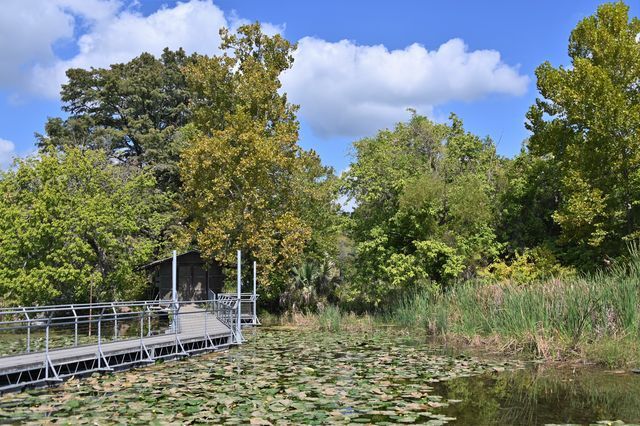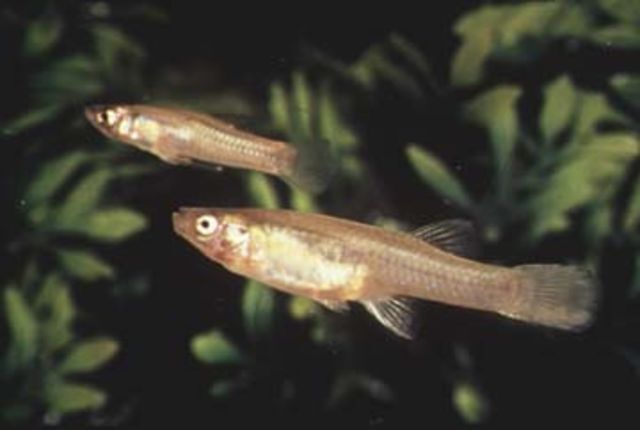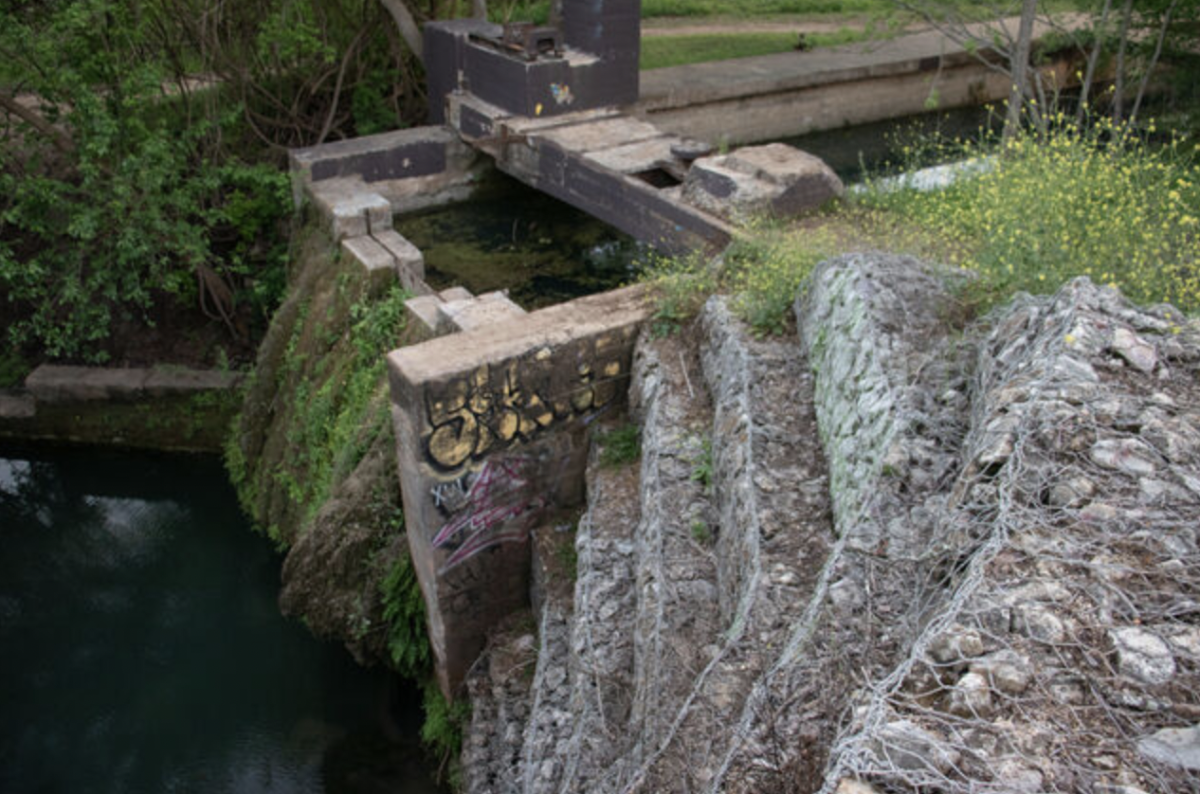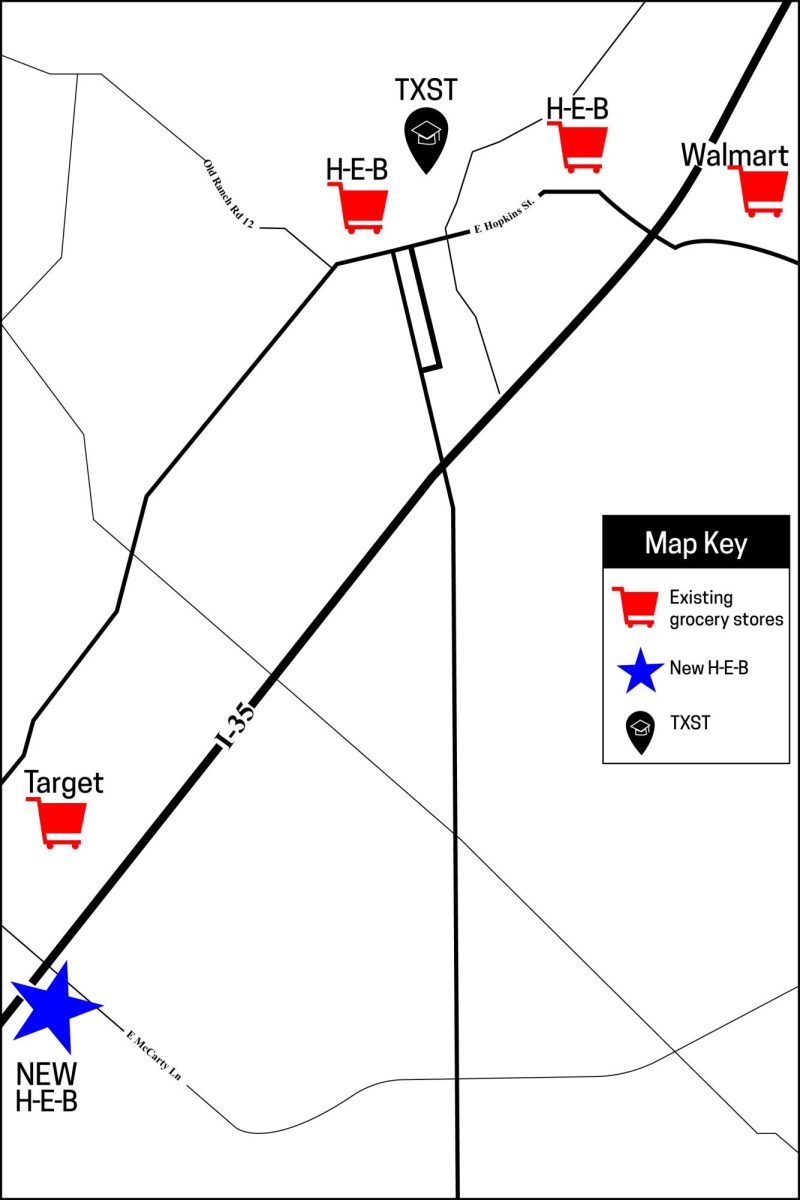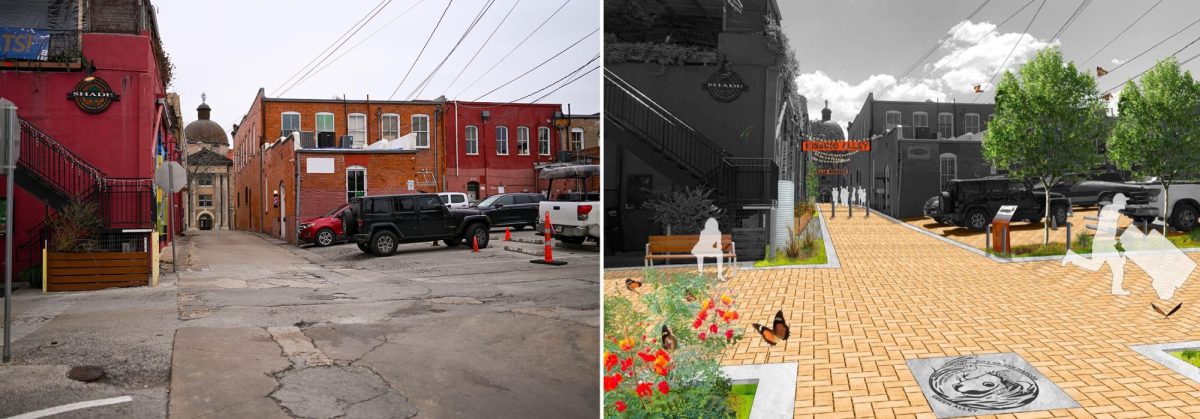The San Marcos gambusia (Gambusia georgei ) has not been seen since 1983. After decades of failed searches for the fish, the U.S. Fish and Wildlife Service has determined the San Marcos gambusia to be extinct, along with 22 other species.
With the proposed extinction of the native San Marcos fish, local experts are calling for an increase in habitat protection and environmental accountability from residents.
The San Marcos gambusia was usually less than 1.6 inches in length and had a dark stripe alongside the dorsal fin. The species was only found in the San Marcos River and was listed as endangered by the U.S. Fish and Wildlife Service in 1980 due to the impacts of pollution, bottom plowing (a farming method where subsoil is brought to the top and buries the previous top layer), vegetation cutting and population decline.
Director of Texas State’s Aquatic Biology B.S. Program Timothy Bonner has worked with The Meadows Center to monitor the local fish community twice a year through mass samples of fish populations. He describes the loss of the San Marcos gambusia as a concern and believes humans are responsible for the sustainability of native species.
“At some point, if the [San Marcos gambusia] was 25% abundant in the water and now it’s less than 1% or gone that raises some red flags,” Bonner said. “Humans are responsible for making sure that the species that are found in these areas can maintain healthy populations in the future.”
Approximately 0.5 miles of the San Marcos River was deemed as critical habitat for the San Marcos gambusia. The fish has only been found in the upper section of the river near Rio Vista Dam, located by the U.S. Geological Survey gaging station downstream from Thompson’s Island.
While the U.S. Fish and Wildlife Service has only proposed the extinction of the fish, Thomas Hardy, a biology professor and chief science officer at The Meadows Center, said mass sampling of fish populations almost always lead to an accurate representation of fish populations and species in San Marcos. Hardy believes if the San Marcos gambusia was still in the water, the fish would have been found already.
“With that kind of intensive sampling if [the San Marcos gambusia] was there, they would have found it. People have been collecting collections and they never found it,” Hardy said. “The level of effort to find it was sufficient enough that [they] were relatively confident it’s gone.”
The extinction of the native fish is likely a result of interbreeding between the San Marcos gambusia and Gambusia affinis (western mosquitofish) as well as habitat alterations from human activities such as Spring Lake Dam, Sewell Park and the removal of river vegetation for swimming, according to Hardy.
Other species native to San Marcos such as the Texas blind salamander, fountain darter and the Comal Springs riffle beetle, have been categorized as endangered. With less water flowing in the springs, along with population growth and increased use of groundwater, these species have become endangered.
Woody Welch, a San Marcos resident, is an advocate for habitat protection and the promotion of permaculture, the practice of growing food in a self-sufficient and sustainable way. Welch is popular for his YouTube channel, Earth Repairman, a channel that educates viewers on how to be self-sufficient in growing food.
Welch believes more species will fall into extinction if actions are not made and taken immediately.
“This fish and the blind salamander that I’ve actually seen have touched me deeply that’s why I live this life,” Welch said. “Humans are actively causing an extinction event and its human-induced.”
According to The Meadows Center, the upper portion of the San Marcos River is categorized as one of the most biologically diverse aquatic ecosystems in the southwestern U.S. The U.S. Fish and Wildlife Service and the Texas Parks and Wildlife Department have listed eight species that live in the San Marcos region as endangered or threatened.
Organizations such as The Meadows Center are working to maintain and stabilize the local environment and its native species through initiatives such as the Edwards Aquifer Habitat Conservation Plan. Through this initiative, the center is practicing bank stabilization, constructing river access areas, planting native plants and removing invasive species.
“We need to ensure that other native species do not go extinct by making sure we maintain flows in the river and making sure that we are not altering habitats that lead to their destruction,” Hardy said. “It’s a story that is repeated over and over again whether it’s a fish, a butterfly or a plant. Habitat destruction and introduction of nonnative species can often result in unintended consequences.”
Categories:
Local experts call for environmental change following extinction of Gambusia
Arthur Fairchild, News Reporter
October 29, 2021
0
Donate to The University Star
Your donation will support the student journalists of Texas State University. Your contribution will allow us to purchase equipment and cover our annual website hosting costs.
More to Discover



